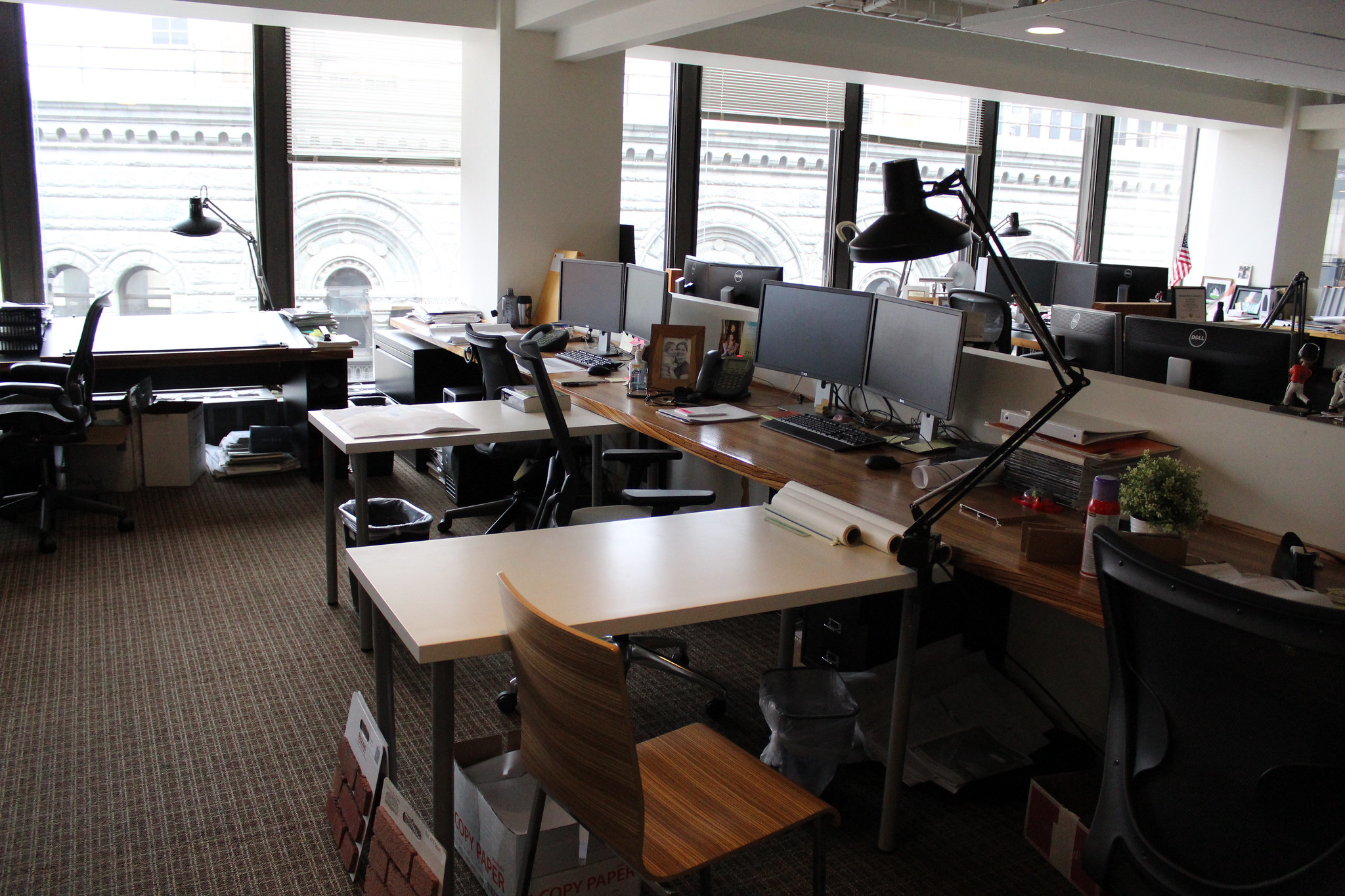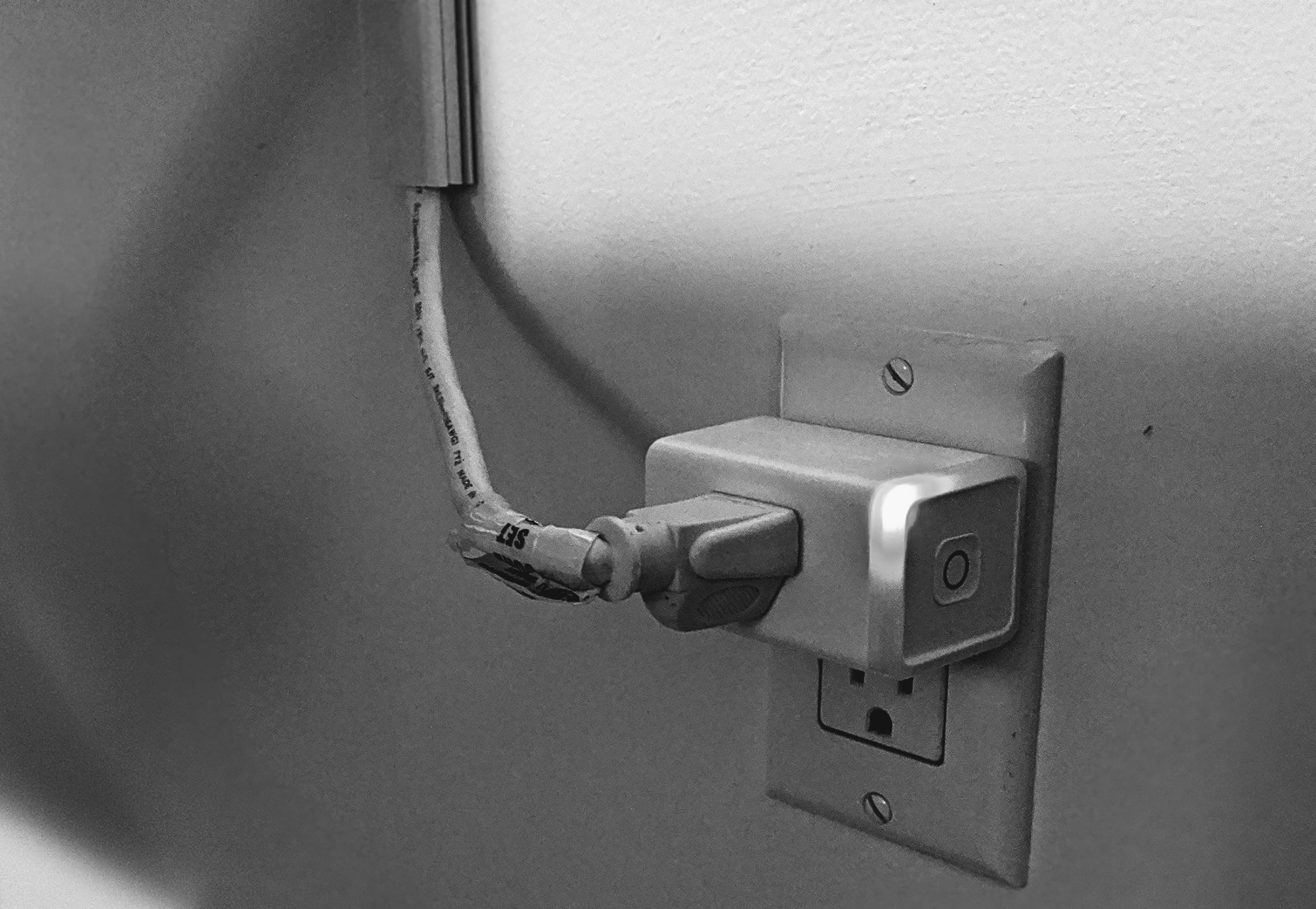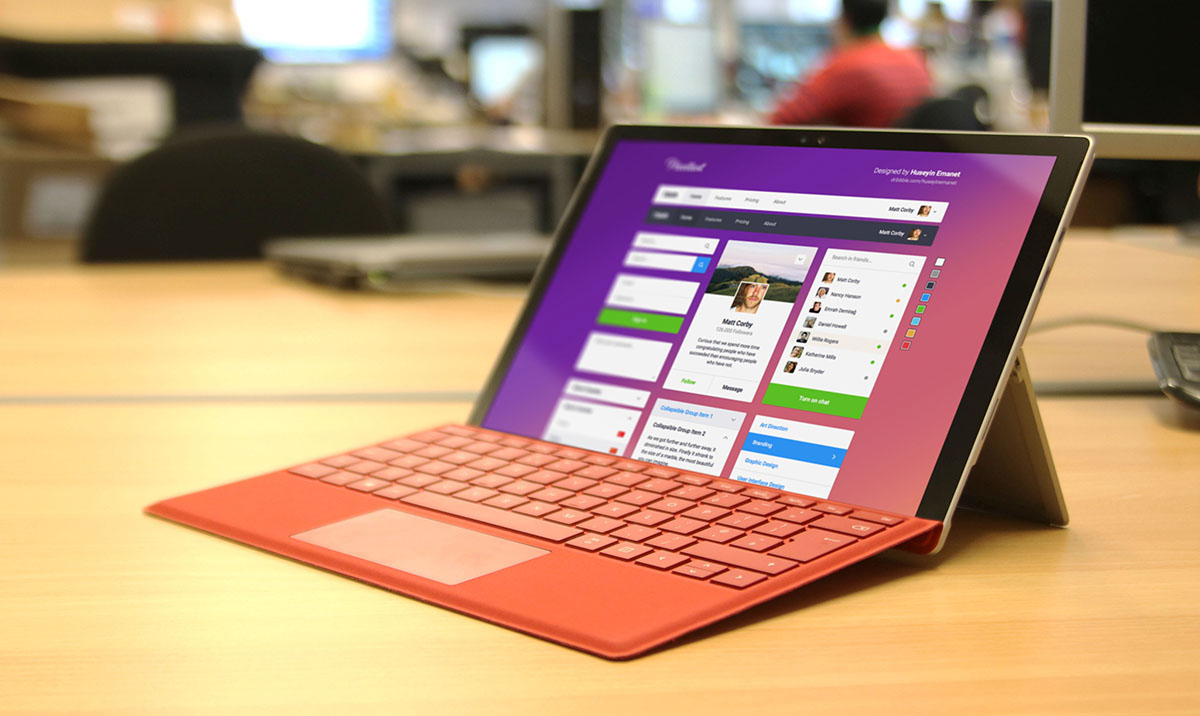Many words have been spilled covering open office floor plans and the problems they present to both employees and employers. I’m not going to rehash the main points that have been covered many times, but wanted to point to a conclusion I’ve reached particularly relevant in my career – open office floor plans tend to inhibit effective remote work.
Despite many pieces covering the downsides of an open office configuration, a recurring positive point is the encouragement of collaboration and interaction. Interaction, whether conversations at team desk pods, chance hallway conversations, or something else is fairly inevitable when working in that type of environment. Even if you spend a lot of your desk time wearing headphones and focusing (like me) chance interactions are still pretty common.
The chance interactions and casual conversations become surprisingly crucial over time. Institutional knowledge gets disseminated through these conversations. I have spent most of my career in open offices. As I have changed jobs I have increasingly been on and led teams with one or several remote employees. I didn’t expect how the office was configured in headquarters to affect remote workers, but I was surprised. Remote work and open offices tend to be antithetical to each other.
In an open office, so much communication happens ad-hoc. People drop by my desk and I drop by theirs. If we need to chat about something more seriously, we wander until we see an empty conference room. Even though my meetings with remote folks are about twice as long as local ones, I often feel (accurately or not) as though I’m more acquainted with the work of my local coworkers.
I am a big proponent of remote work for the usual reasons. It opens up talent pools that wouldn’t otherwise be available, it is less expensive in terms of office space, and it removes the stress of commuting. However I did not personally connect this to office configurations until recently.
Even with configurations other than personal offices, such as cubicles, conversations quickly move into Slack and email. Meetings may still happen ad-hoc, but tend to happen after a quick IM as opposed to a hallway chat. In fact, by increasing the difficulty of interacting with coworkers just a bit, people naturally gravitate toward communication tools that are inherently inclusive of remote workers.
One area that impressed this on me was team camaraderie. Some places I’ve worked have been organized in such a way that important conversations get documented, regardless of office culture, which was great for remote workers. But the team culture that generated the knowledge often remained isolated. When someone wants to share something and has to do more than take off their headphones, in my experience they still share it, they just Slack it instead.
At this point in my career, I have an informal testing measure for how well remote and local team members maintain a distributed culture – jokes. Jokes with a team are common and tend to be impulsive. If that type of non-critical, impulsive communication has moved to Slack it often means that the culture is effectively distributed.
While I think that open offices make integrating remote workers difficult, it is by no means impossible. However, by having a non-open office configuration human nature will help in creating team habits and structure that are automatically inclusive of remote workers.
Image Credit: https://www.flickr.com/photos/perspective/45245459581



